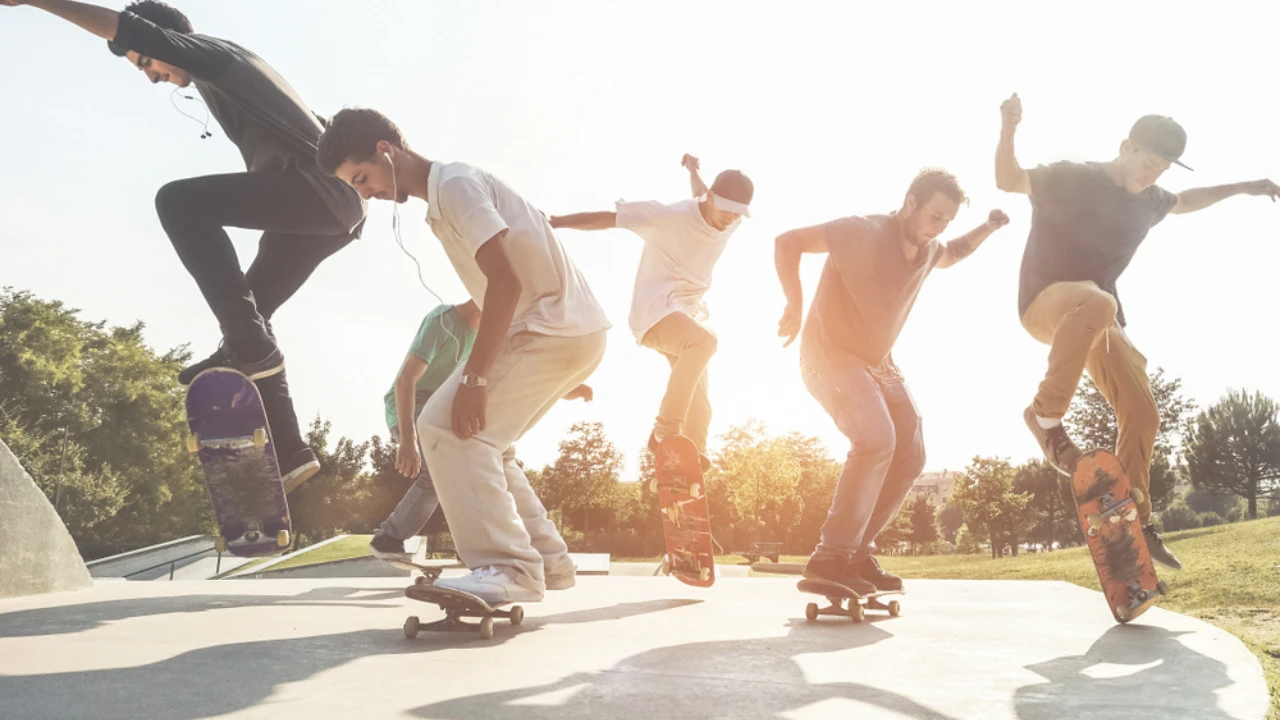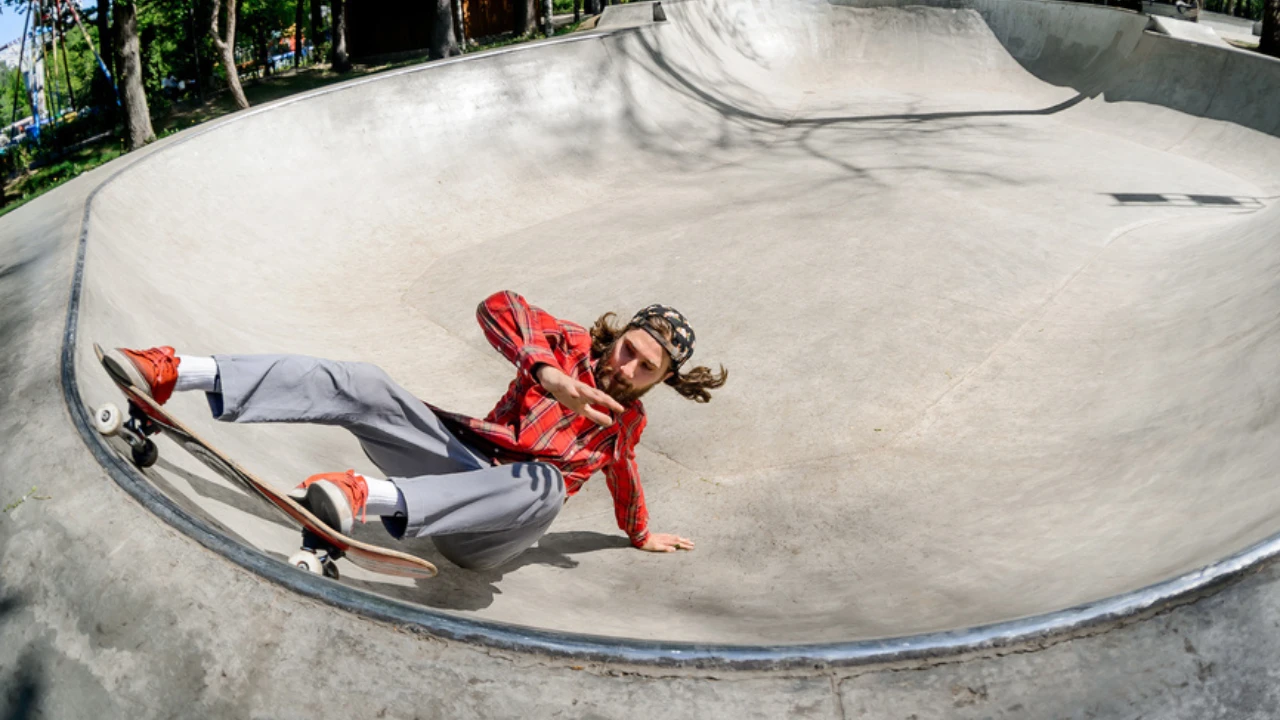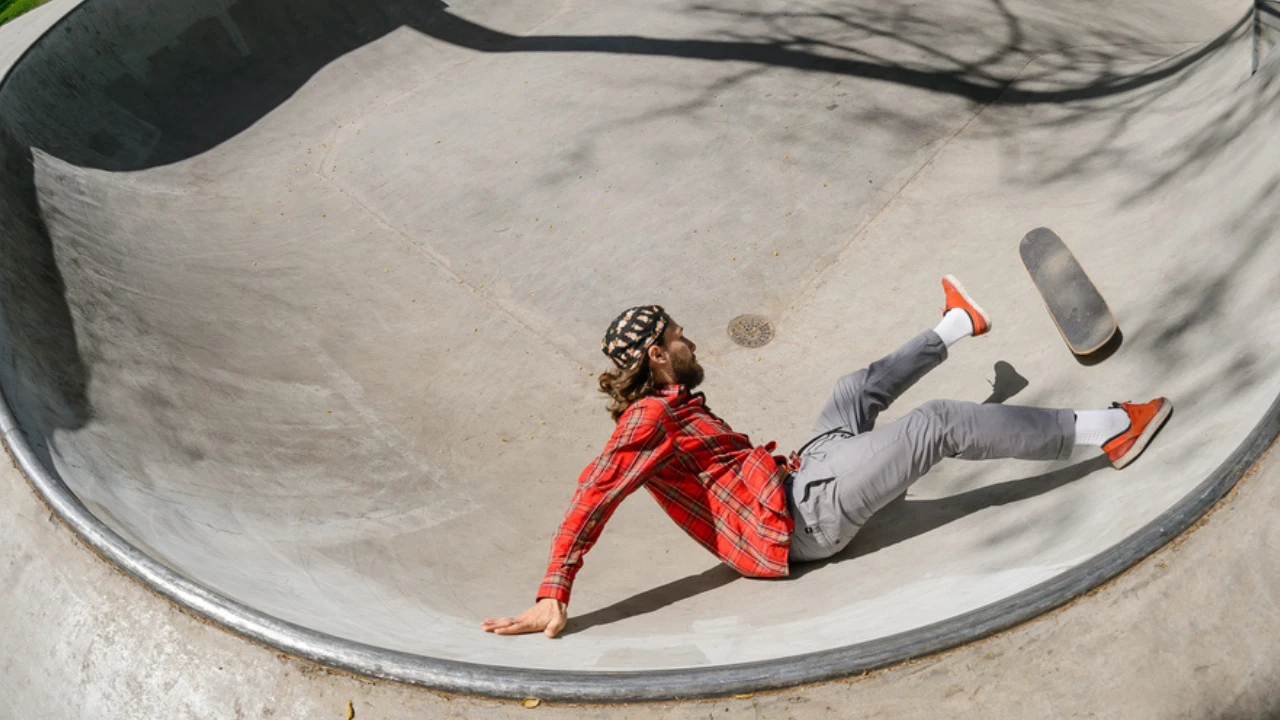The Mesmerizing Magic of Carving on a Skateboard

Have you ever noticed the boys and girls moving on their skateboards in a street-free style in a flowing and fluid ride? Seeing how they maintain speed and rhythm without letting their feet touch the ground is exciting. Well, we call this skateboard art as carving.
Carving on a skateboard is an art in which you make sharp carves or turns that help you control the speed. You make big S-shaped turns similar to snowboarding or skiing. We do call this activity similar to surfing, which is fun and easy to do to control your speed. But always remember that carving on a skateboard is a challenging thing to do. You should know some clever tricks to learn how to balance your speed and rhythm without touching the ground. Let’s get into a deeper discussion and have some more information about it.
Key Takeaways
- Art of Carving: Carving on a skateboard involves making smooth, controlled turns that enhance both style and maneuverability.
- Techniques for Beginners: Beginners should start on flat surfaces and practice shifting weight between the front and back foot for better control.
- Safety Measures: It is crucial to wear protective gear and observe skate park rules to prevent injuries and ensure a safe carving experience.
Table of Contents
What is carving on a skateboard?

Carving on a skateboard involves making smooth, controlled turns by shifting body weight. It’s a fundamental skill in skateboarding, enhancing maneuverability and style. Skaters tilt the board to carve precise lines, often incorporating it into tricks. Mastering carving is essential for fluid and dynamic skateboarding. Carving is a superb technique that helps improve your woodworking skills and can be enjoyed by all age groups. Continuous practice is something that makes you perfect in this art. So, ensure you are carving every single bit of this project correctly to achieve excellent results.
Speed and direction are the two main elements when carving on a skateboard. Once you have them suitable, you will be enjoying a pleasant ride. While working with would, you should stay steady on the board. Keep moving around a little; otherwise, your cuts might get uneven or inaccurate.
How to do basic carving on a skateboard in easy steps?
- Always start by positioning the front feet near the front track bolt and keep the back foot near the middle of the board.
- Start by leaning the weight on the front foot and pushing off the back foot.
- Once you start gaining speed, you can shift the weight on the back foot. Use the front foot for turning the board, but make sure you are gently pushing down the front trunk.
- As you start carving, use the back foot to control the board’s direction. Shift your weight and then turn the board.
- Try to practice the carving in both directions, including right and left. This will help you to improve your control and balance on board.
- Keep your knees bent and maintain a proper, steady grip on board with both your feet.
- Keep practicing and researching several techniques to determine which works best for you. Stay patient because it will take time to make you the expert.
Common reasons why you fall off your skateboard during carving

Generally, for most people, the primary reason for falling off the skateboard is poor foot positioning. This is happening because you need to place the front foot toe properly. For beginners, it has to be closer to the board edges. And for the adults, it should be hanging over the board edges.
Let’s give you an example of the bicycle. On a bicycle, handlebars are generally used for correcting the center of gravity. And it stays upright before we intentionally use it for steering. The Trucks on the skateboard function in the same manner!
For turning the handlebars, it is essential to use much more of your strength to make fine adjustments. Correcting the center of gravity and then staying upright is quite tricky. You will face the same problem when your toes are too much nearer to the center of the board.
Another primary reason is that your trucks need to be tight and well; too many tight trucks will never allow you to make enough turns. And if it is too loose, you might start getting wobbles as you pick some moderate speed.
Which is the best skateboard for carving?
No doubt, carving on a skateboard is an enjoyable task. But this can be possible only when you choose the right board. With countless options available in the market, you might need help finding the perfect one.
Our top recommendation in the Carver skateboard category is the Arbor Ryan Lovelace Shaper. This is a 32″ surfskate. This skateboard is a complete masterpiece designed by professional surfboard shaper Ryan Lovelace. This carver is a perfect option to invest in if you are eager to learn this art.
4 easy tips for learning the art of carving on a skateboard
No matter whatever skateboard carving trick you perform, there is always a risk involved. Always take proper precautions to ensure that the trick ends with safety.
- Protective Gear: Make sure you wear a helmet and pads. For any new skateboarder, tripping or falling is standard. Make sure you choose suitable pads to avoid any sort of fall, including elbow pads, knee pads, and helmets.
- Follow Park Rules: Carefully follow and read all official rules. Every skate park has its own set of rules to ensure proper safety and enjoyment for the skater. Track the rules properly before you start.
- Observe Surroundings: Observe everything before you join in. You should keep an eye around you to avoid collisions, especially when the park is busy. It is advisable always to start carving in areas with fewer crowds. Notice around when you start taking any sort of turns to understand the order and flow.
- Practice on a Flat Surface: As a beginner, start practicing on a flat surface. This will help you master footing and balancing.
Conclusion
Carving on a skateboard is not just a skill but an expressive art form that combines agility, precision, and speed. Mastering this technique can significantly enhance your overall skateboarding experience, providing a fluid and rhythmic ride akin to surfing or snowboarding. For those new to skateboarding or looking to refine their carving abilities, it’s crucial to start with the right equipment and progressively practice on suitable surfaces. Safety should always be a priority, so wearing protective gear and adhering to skate park rules is essential.
By embracing the challenges and dedicating time to practice, carving can transform from a daunting task to an exhilarating part of your skateboarding adventures. This dynamic aspect of skateboarding not only boosts physical coordination and balance but also offers a fantastic way to enjoy the outdoors and improve mental focus. Whether you’re cruising on local trails or tackling more complex terrains, the art of carving is a rewarding journey every skateboard enthusiast should aspire to master.
Frequently Asked Questions (FAQs)
What does carving mean on a skateboard?
Carving on a skateboard means making smooth, sweeping turns by shifting body weight, similar to movements in surfing or snowboarding. This technique enhances maneuverability and style, allowing skaters to control speed and direction effectively while navigating various terrains.
Does carving on a longboard slow you down?
Yes, carving on a longboard can slow you down. This technique involves making sweeping turns by shifting your weight, which reduces your speed gradually. Carving is useful for controlling speed on downhill rides without the need for foot braking, making it both a functional and stylish method of deceleration.
Can you carve on a cruiser?
Yes, you can carve on a cruiser skateboard. While cruisers are not as flexible as longboards, they are still designed for smooth rides and can handle gentle carving. This allows riders to maneuver through tight spaces and control their speed by making slight directional changes.
How to carve on steep runs?
To carve on steep runs, start by leaning into your turns and using your edges effectively. Shift your weight gradually from one foot to the other to maintain control. Practice makes perfect—ensure to start slowly, increasing your confidence and skill level before tackling steeper slopes.
How do you carve without losing speed?
You can carve without losing speed by maintaining a fluid motion and using the momentum of each turn. Keep your body relaxed and lean into turns without excessive weight transfer. Utilize the natural arc of the carve to propel yourself forward, maintaining speed through precise and smooth transitions.
Useful Resources
